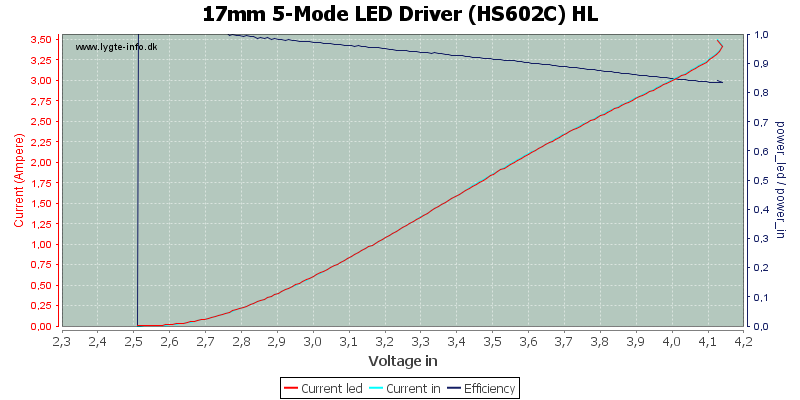I'm not here to argue either. Maybe in a civil conversation, we can both learn something!
Let me say that I'm an electrical engineer, and I understand the electronics intimately. I've built a number of constant current LED drivers professionally, personally, and for sale on CPF. I've built both switchmode and linear drivers, and I've analyzed and discussed the merits of both in various applications on many occasions.
What I don't bring to the table is an intimate knowledge of the depth and breadth of the flashlight driver market. Another thing is that my particular skillset and mindset occasionally blind me to the things that vendors are willing to do to make a buck. And I'll admit occasionally other people have good ideas that I haven't thought of (yet

), but this is really rare

.
That having been said, I looked at your link, and I will say without reservation that Fasttech should be absolutely ashamed to call that piece of junk a constant current driver. The curve you posted does not even remotely resemble the output of a constant current driver in its active region. If it did, the red line would at some point stop rising and become horizontal. The little hook at the top end of the curve says that at certain voltages (about 4.12-4.13V) there are two different output currents possible. This would be very disturbing behavior for a 'constant current' driver. I know Fasttech only by reputation, but their reputation would suggest that this egregious error was by accident, not intentional. Most likely they just copied information from their supplier. But the fact that they didn't 'reality check' this information is on them.
I'm not saying that drivers like this don't exist, or that the specs are fake, or anything like that. What I'm saying is 'this is not a constant current driver'. At least not one that's being properly operated. While I haven't tested widely available drivers, I have pretty good reason to believe that low-end drivers based on the AMC7135 are much better than this, as are most drivers that aren't low-end.
If crap like this is foisted off on the unsuspecting public, it's no wonder people can't figure things out.


